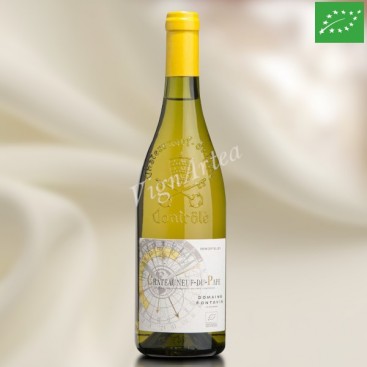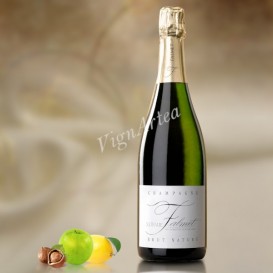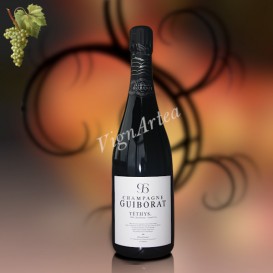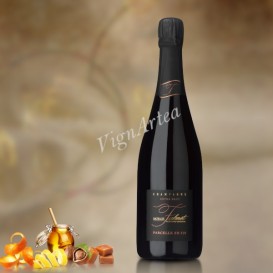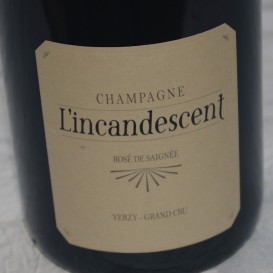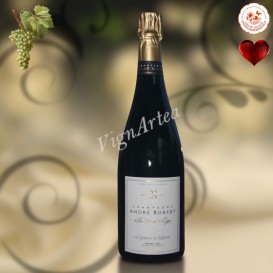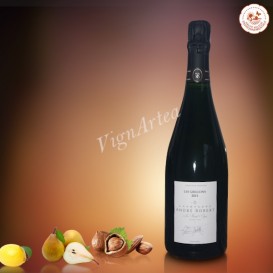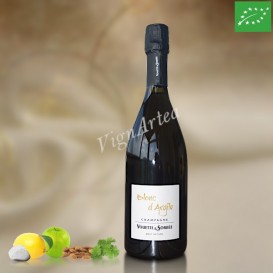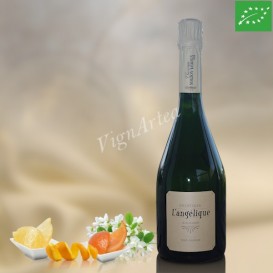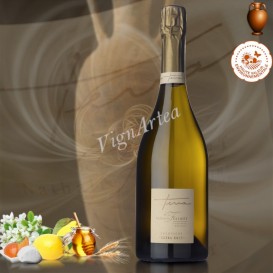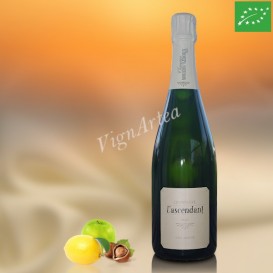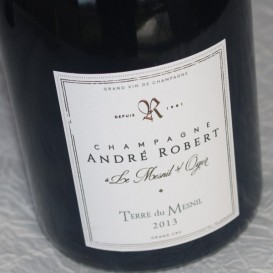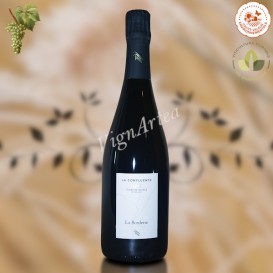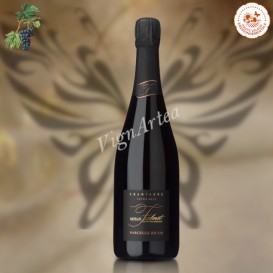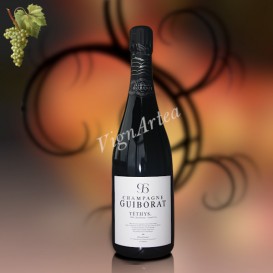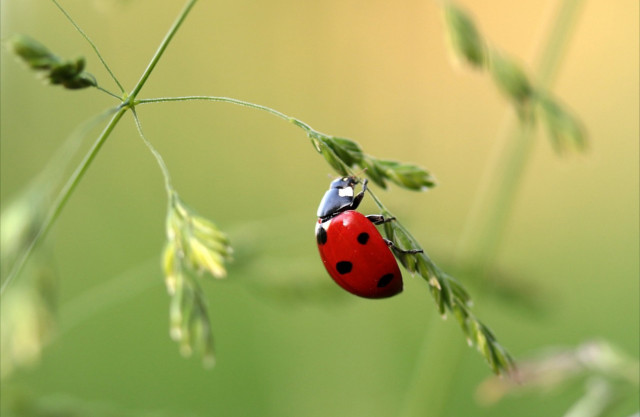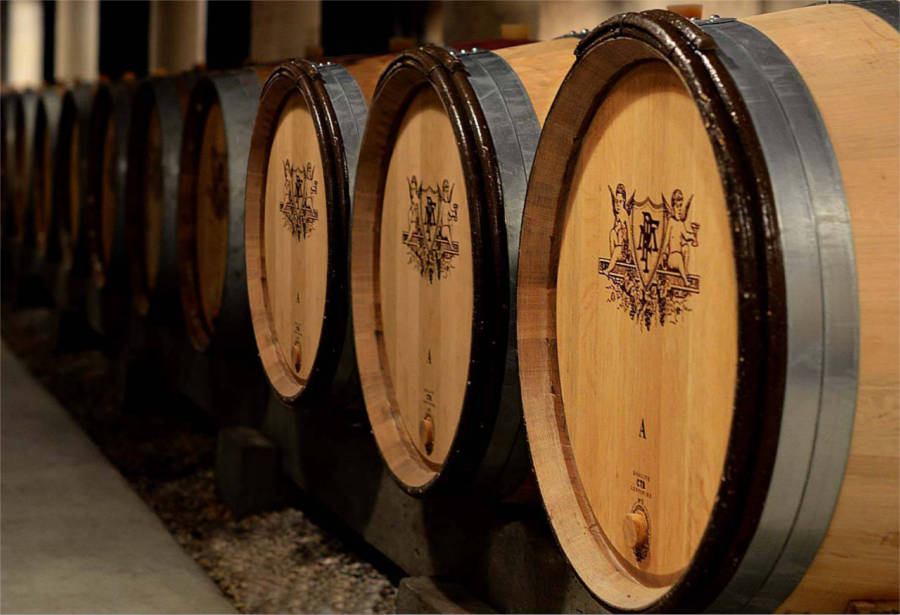IMMORTELLES 2022 (Domaine Fontavin)
RHÔNE - AOP CHÂTEAUNEUF-DU-PAPE - DRY WHITE WINE
Grape varieties: Grenache blanc (70%) - Roussanne (30%)
Native yeasts
Ageing for 10 months in stainless steel tanks and demi-muids
- Nose: floral and fruity. Notes of white flowers, apricot, peach with a touch of anise.
- Palate: ample, supple and tasty. Slightly aniseed finish.
- Tasting date: March 2023.
- OUR OPINION: this is a tasty and intensely perfumed white Châteauneuf-du-Pape, in its youth, which deserves one or two extra years of ageing to complexify its aromas. In its youth, it should be drunk slightly chilled to enhance its floral and aniseed aromas.
TERROIR
The soils and subsoils of Châteauneuf-du-Pape are complex and and we can find there various deposits, in terms of their origin, age and nature. The fundamental substratum of the massif is represented by sands and sandstones deposited by the sea during the Miocene, at the time of the helvetian (-16 to -11 My). They are more particularly exposed on the edges of the massif, in the north on Orange and Courthézon, and in the south between Bédarrides and the village of Châteauneuf. These soils are covered with rolled pebbles from the upper plateaus.
In the Pliocene (-5 to -2 My), a new sea coming from the south fills the valley and the hill of Châteauneuf becomes an island. When the sea withdraws, it deposits vast layers of rolled pebbles, made of alpine quartzite pebbles mixed with a red clay matrix. We find them towards Cabrières, Mont-Redon, Farguerol, La Crau or Les Bois Sénéchaux.
At the end of a new glacial episode that took place between 370,000 and 13,000 years ago, the Rhône deposited another level of terrace, called the Riss terrace, lower down towards Sorgues. These soils have the same qualities as the high terrace but they are sensitive to drought because they rest on a thick filtering gravel.
The grapes for the IMMORTELLES cuvée come from two parcels located on the Pliocene terroir made of red clay and rolled pebbles and the Riss terrace.
WINEGROWING & WINEMAKING
The cuvée IMMORTELLES owes its name to the presence of the small yellow flowers of Immortelles which grow in the middle of the vines plots.
The vines are 40 years old.
The vines are cultivated according to the principles of the Organic Agriculture: one row out of two is grassed, and the soil is enriched by adding sheep compost.
The grapes are harvested manually and meticulously sorted in the vineyard. When they arrive at the winery, the grapes of each variety are pressed by direct pressing and then put in stainless steel tanks for a few hours to settle.
The vinification is done variety by variety.
The musts are racked and fermented with indigenous yeasts at low temperature before an ageing phase of 10 months in stainless steel tanks for the white Grenache and in demi-muids for the Roussanne.
Once the maturation is over, the musts are racked and filtered by sterile filtration.
| Country | Rhône Valley |
| Color | White |
| Orange wines | No |
| Clay amphorae wines | No |
| Type | Dry |
| Vintage | 2022 |
| Capacity | 75 cl |
| Variety | Grenache blanc (70%) - Roussanne (30%) |
| Main Grape Variety(ies) | Grenache blanc |
| Alcohol rate | 14 % |
| Quality Designation | Châteauneuf-du-Pape |
| Cellar Potential | From 5 to 10 years |
| Service advise | 14°C. Open 1/2hr before the service. |
| Culture Methods | Certified Organic Agriculture |
| Fining | No |
| Filtering | Yes |
| Comments | Direct pressing ♦ Native yeasts ♦ Ageing for 10 months in stainless steel tanks (Grenache) + demi-muids (Roussanne). |
| Stopper | Natural cork |

